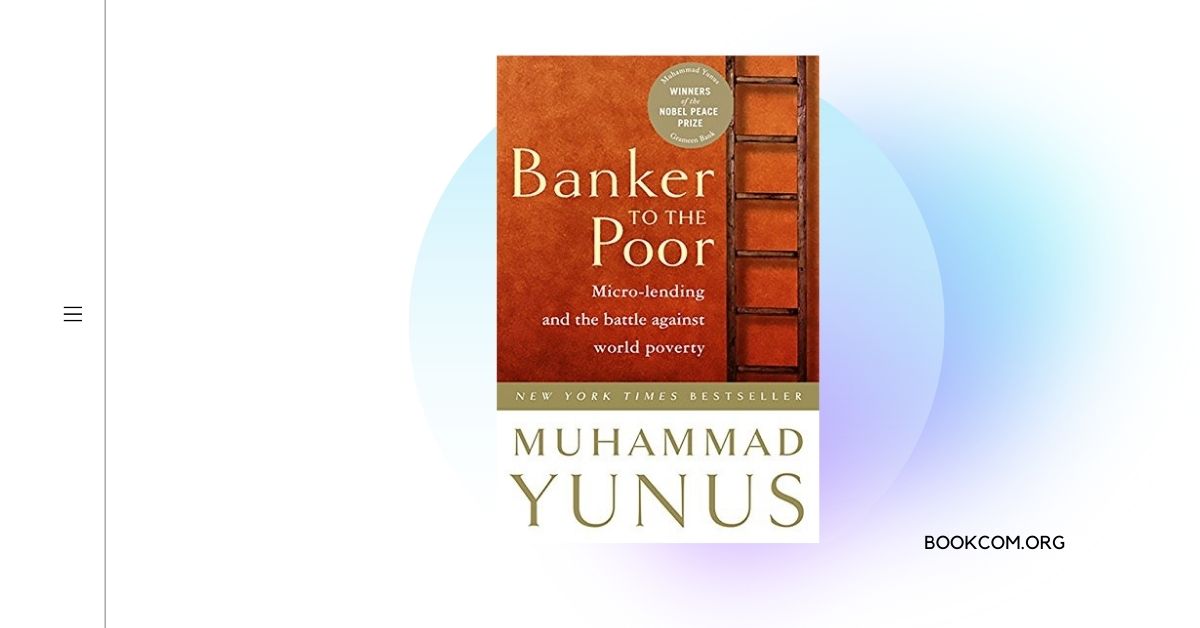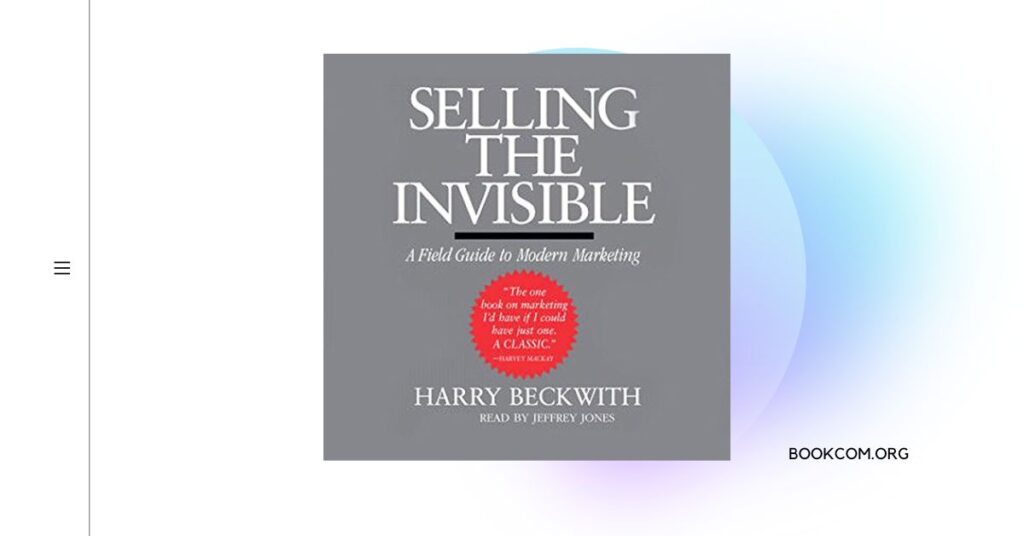“Banker to the Poor” is an inspiring memoir by Muhammad Yunus, a renowned economist and Nobel Peace Prize laureate. In this book, Yunus shares his remarkable journey of founding the Grameen Bank and pioneering the concept of microcredit. Through personal anecdotes and profound insights, Yunus recounts his experiences of working with the poor in Bangladesh and revolutionizing the way financial services are provided to the underprivileged. In this summary, we will explore the key themes, notable concepts, and important takeaways from “Banker to the Poor.”
Key Themes
Poverty Alleviation: The book centers around the theme of poverty alleviation and the belief that access to financial services can empower the poor and enable them to lift themselves out of poverty. Yunus discusses the challenges faced by the poor, such as limited access to credit, and highlights the transformative impact of providing them with small loans.
Social Business: Yunus introduces the concept of social business, which focuses on addressing social problems through entrepreneurial ventures. He explains how he applied this model to the Grameen Bank, where the goal was not profit maximization but rather social impact and sustainability.
Empowerment and Self-Reliance: “Banker to the Poor” emphasizes the importance of empowering individuals to take control of their own lives and become self-reliant. Yunus shares stories of borrowers who used microcredit to start their own businesses and improve their economic well-being, thereby regaining dignity and independence.
Notable Concepts
Microcredit: Yunus introduces the concept of microcredit, which involves providing small loans to individuals who lack access to traditional financial institutions. He explains how this approach has enabled millions of poor people, particularly women, to start their own businesses and break the cycle of poverty.
Social Collateral: The book discusses the concept of social collateral, which replaces traditional collateral requirements for loans. Yunus explains how the Grameen Bank leveraged social networks and group lending models to build trust and ensure repayment rates, thus making credit accessible to those without conventional forms of collateral.
Poverty as a Systemic Issue: Yunus challenges the perception of poverty as an individual failing and instead frames it as a systemic issue that can be addressed through innovative financial solutions. He advocates for a shift in focus from charity to sustainable business models that create long-term impact.
Important Takeaways
Microcredit as a Tool for Poverty Alleviation: “Banker to the Poor” highlights the potential of microcredit to uplift individuals and communities out of poverty. It emphasizes the importance of providing financial services to those who are excluded from traditional banking systems and empowering them to become self-sufficient.
The Power of Social Business: Yunus introduces the concept of social business as a means to address social challenges effectively. He encourages entrepreneurs and businesses to consider social impact alongside financial profitability and to develop sustainable models that benefit society at large.
Collaboration and Partnerships: The book emphasizes the significance of collaboration between various stakeholders, including governments, NGOs, and private enterprises, to tackle poverty and create meaningful change. Yunus advocates for the importance of collective efforts and partnerships to achieve long-lasting impact.
Also read:
Book Review: “Banker to the Poor” by Muhammad Yunus
For more information about the book, you can visit:



